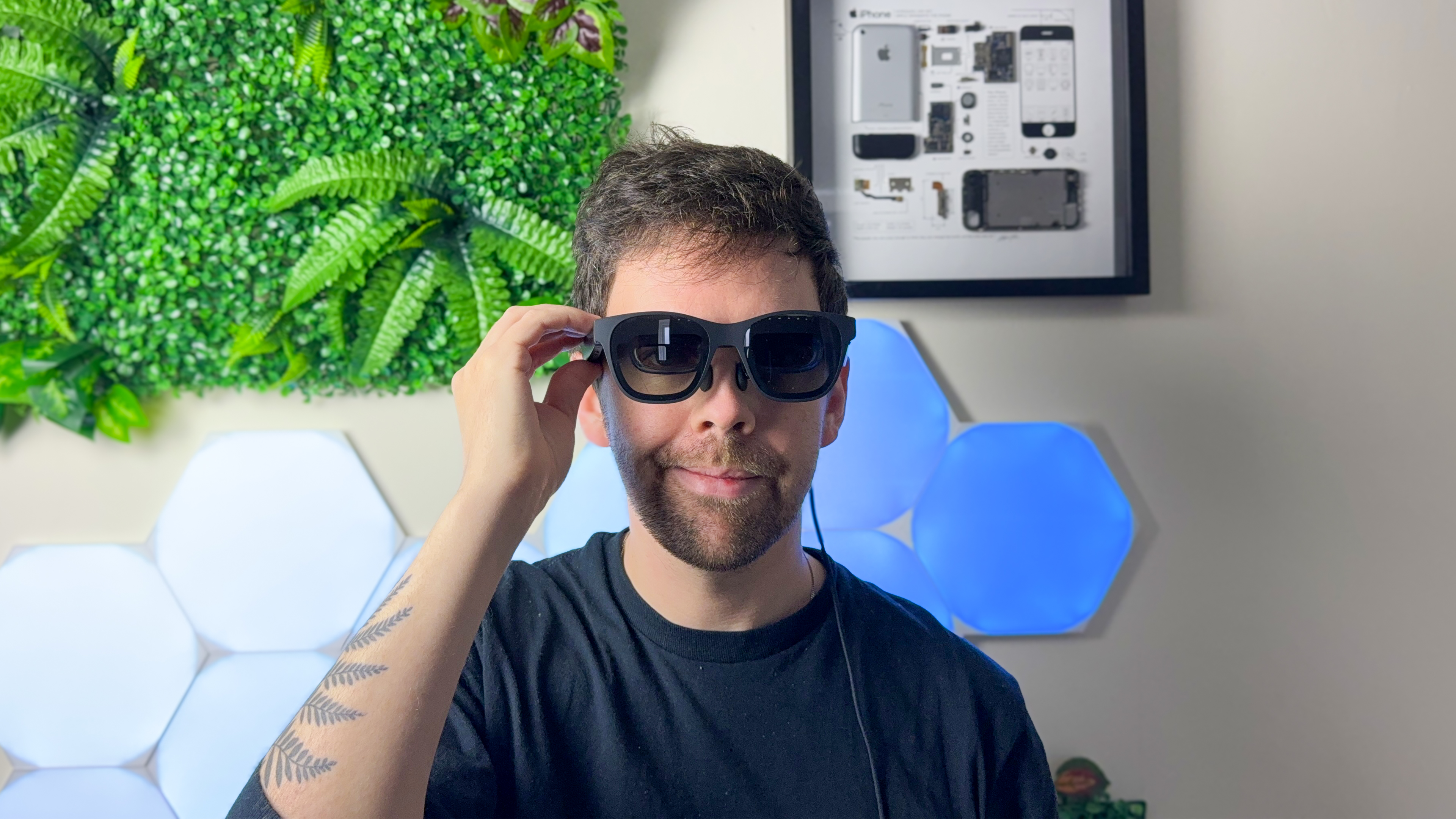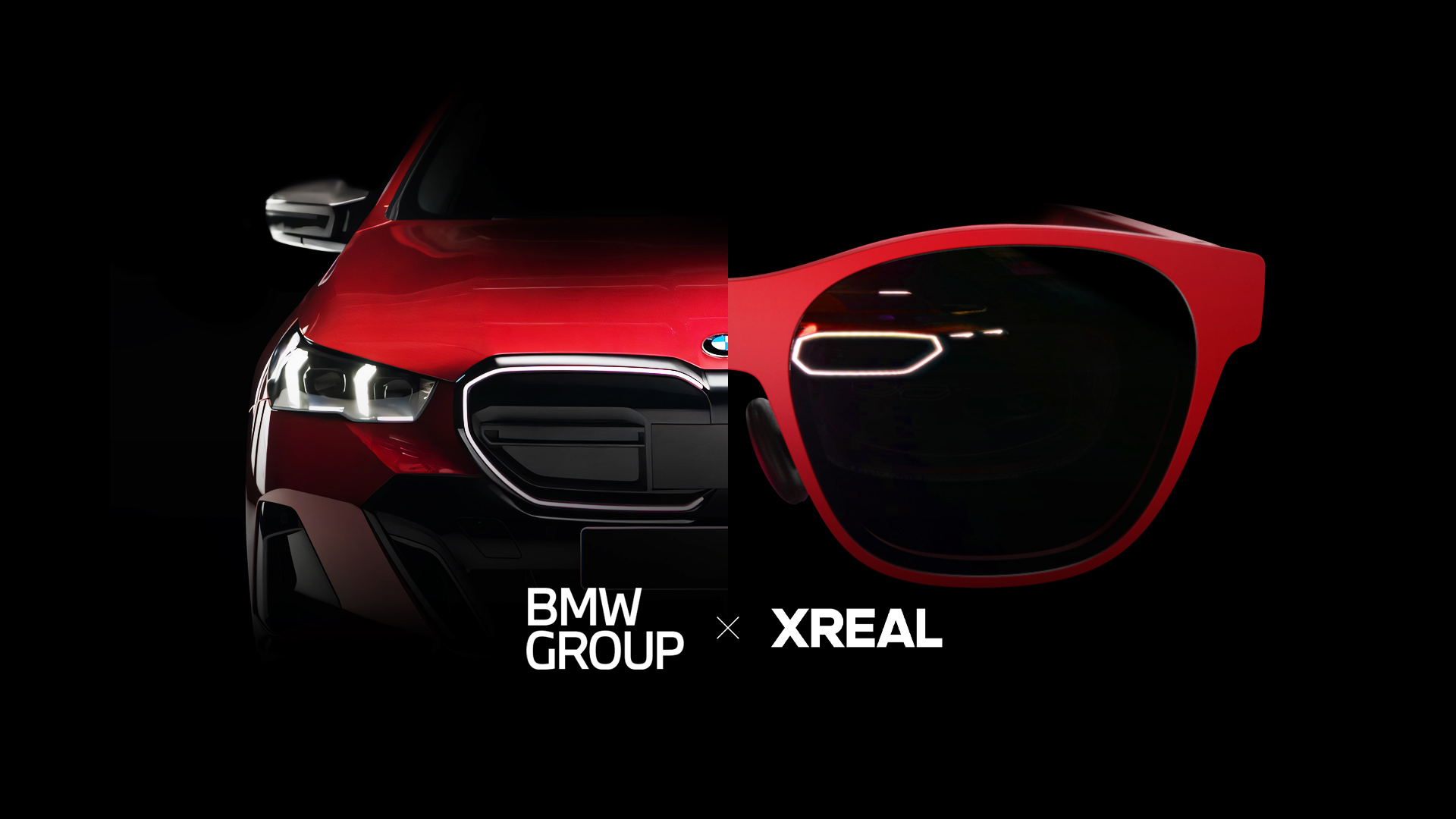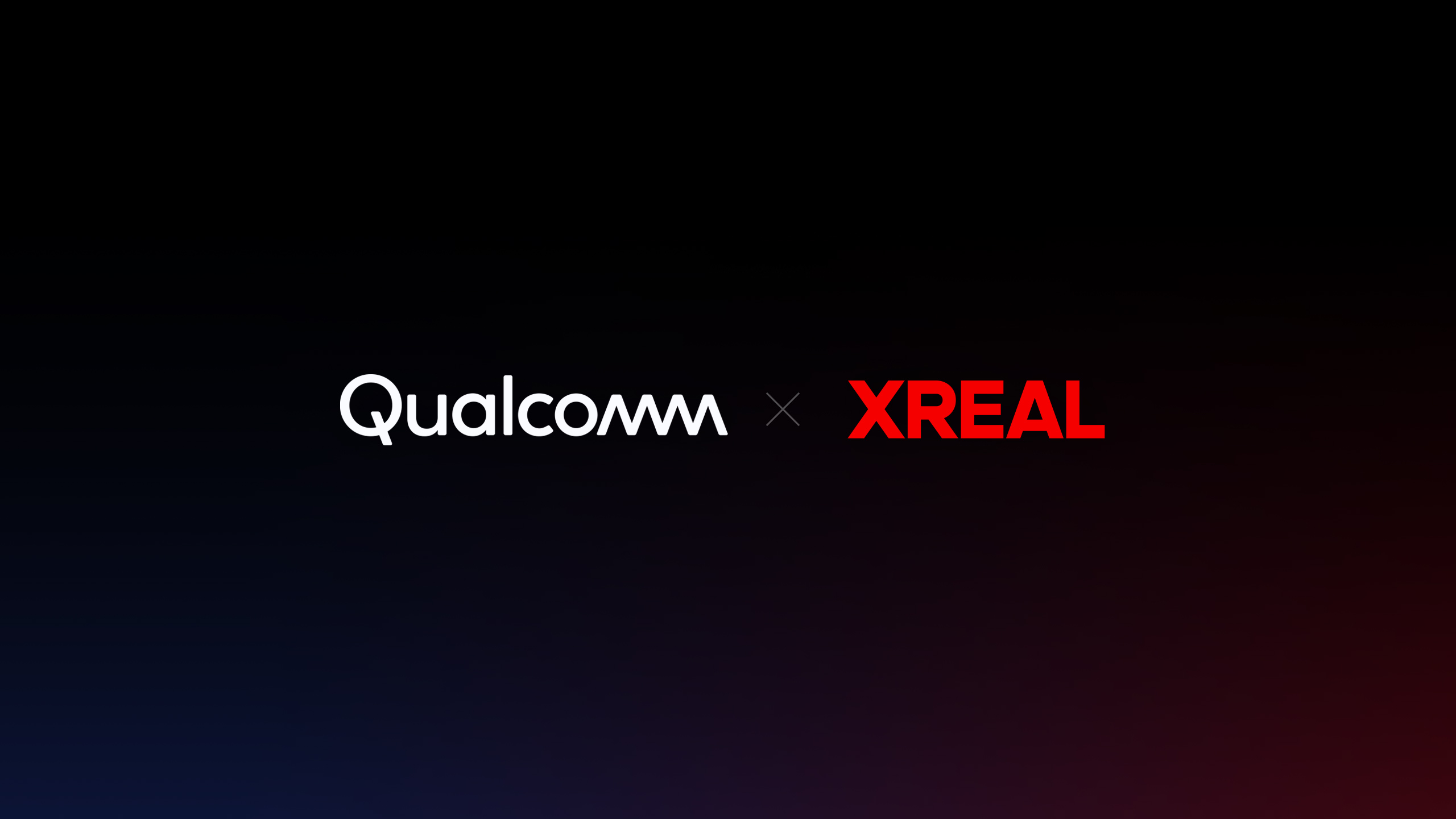
To define the future of AR glasses, Xreal has teamed up with the likes of Qualcomm and BMW to make the dream of wearing these in all aspects of your daily life a reality.
As we’ve been exploring the developments in this category at CES (including Xreal’s announcement of the Air 2 Ultra to compete with VR headsets), you’ve probably noticed that a lot of our content ties back to how they are starting to bring some serious competition to the as-yet unreleased Apple Vision Pro.
Put simply, there are key features like Spatial Computing that the specs are capable of — removing the need to look a bit silly in a massive headset. But there are some obstacles such as the lack of onboard computational power, and the functionality of them being limited at the moment.
That’s where Xreal is starting to make some big moves by teaming up with several big companies to tick off these challenges over time and offer the feature set of the Vision Pro, while working on some new innovations like wearing AR glasses while driving.
But when we team up, team up

So who exactly is Xreal tagging up with? And what do they mean for the future of AR glasses? Let’s list them:
- Qualcomm: With this collaboration, we could start to see how chipsets can be added to the glasses themselves to make the most of 5G networking, and run AR applications directly on the glasses. On top of that, Qualcomm is also exploring how this tech can be used in the likes of fitness, and how AI can be used to enhance the overall experience.
- BMW: AR while driving could be amazing for maintaining driver concentration solely looking ahead on the road, and that’s what Xreal and BMW are working on — providing an overlay of navigation instructions, hazard warnings, and even giving you visual parking instructions when you find a space.
- Nio: This one is more about the passenger experience in the car. With Xreal glasses, the luxury carmaker will be able to drastically reduce the amount of screens in the cockpit and eliminate potential distractions.
- Quintar: Think like the ESPN experience that was showed off during the Apple Vision Pro keynote, but available through AR glasses. Quintar is showing off how you can enjoy a spatial 3D video projection on the coffee table right in front of you — presenting data overlays for even the most nerdy of sports statisticians.
- Forma Vision: FaceTime via Vision Pro is probably going to be one of the most used features, and Xreal is jumping on this trend and going one step further by working with Forma Vision on holographic meeting software.
The future is bright

With 51% of the AR glasses market share, Xreal is in the driving seat for this emerging category, and the company has been flexing its muscles with the Air 2 Ultra. But personally, even though this news doesn’t come with any new gizmos to get my hands on, I’m way more excited about these strategic partnerships.
That’s because it shows a clear definition of how we’ll be wearing these glasses through a lot of our lives in the future — while walking around, driving, working out, and even in the office.
I’ve talked a lot about how the parallel lines of VR and AR hardware development will be colliding soon. This is the groundwork to make this dream a reality.
Check out our CES 2024 hub for all the latest news from the show as it happens. Follow the Tom’s Guide team in Las Vegas as we cover everything AI, as well as looking at the best new TVs, laptops, fitness, wearables, and smart home gadgets at the show.
And be sure to check out the Tom's Guide TikTok channel for all the newest videos from CES.




!["[T]he First and Fifth Amendments Require ICE to Provide Information About the Whereabouts of a Detained Person"](https://images.inkl.com/s3/publisher/cover/212/reason-cover.png?w=600)


